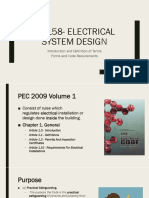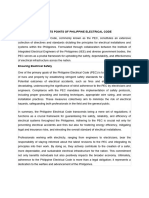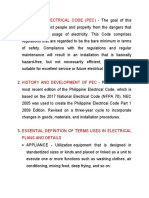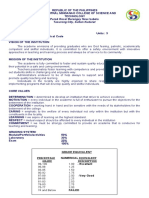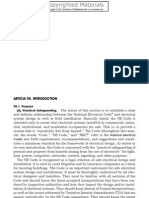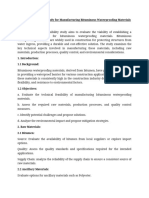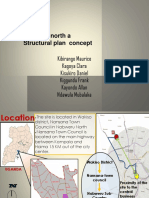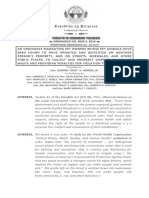0% found this document useful (0 votes)
10 views37 pagesWeek 3 For Student
The document outlines critical steps for installing network cables, emphasizing safety measures and compliance with electrical standards. It discusses the importance of reducing, reusing, and recycling in electrical installations to minimize waste and environmental impact. Additionally, it highlights relevant provisions from the Philippine Electrical Code and Occupational Health and Safety Standards to ensure safe practices in electrical work.
Uploaded by
WdcwdcwdcwdCopyright
© © All Rights Reserved
We take content rights seriously. If you suspect this is your content, claim it here.
Available Formats
Download as PDF, TXT or read online on Scribd
0% found this document useful (0 votes)
10 views37 pagesWeek 3 For Student
The document outlines critical steps for installing network cables, emphasizing safety measures and compliance with electrical standards. It discusses the importance of reducing, reusing, and recycling in electrical installations to minimize waste and environmental impact. Additionally, it highlights relevant provisions from the Philippine Electrical Code and Occupational Health and Safety Standards to ensure safe practices in electrical work.
Uploaded by
WdcwdcwdcwdCopyright
© © All Rights Reserved
We take content rights seriously. If you suspect this is your content, claim it here.
Available Formats
Download as PDF, TXT or read online on Scribd
/ 37


















